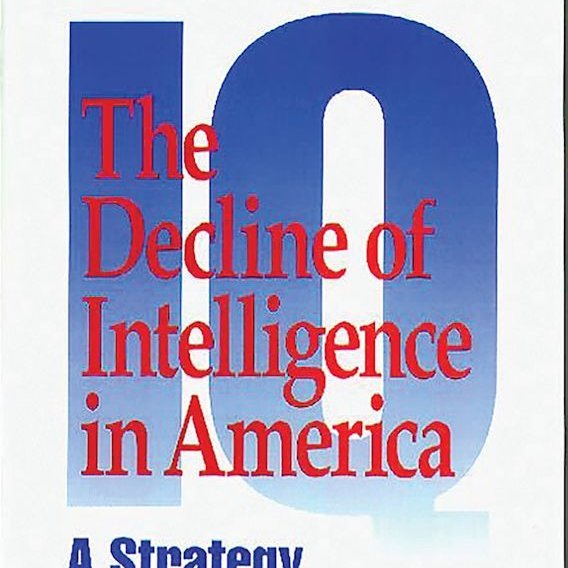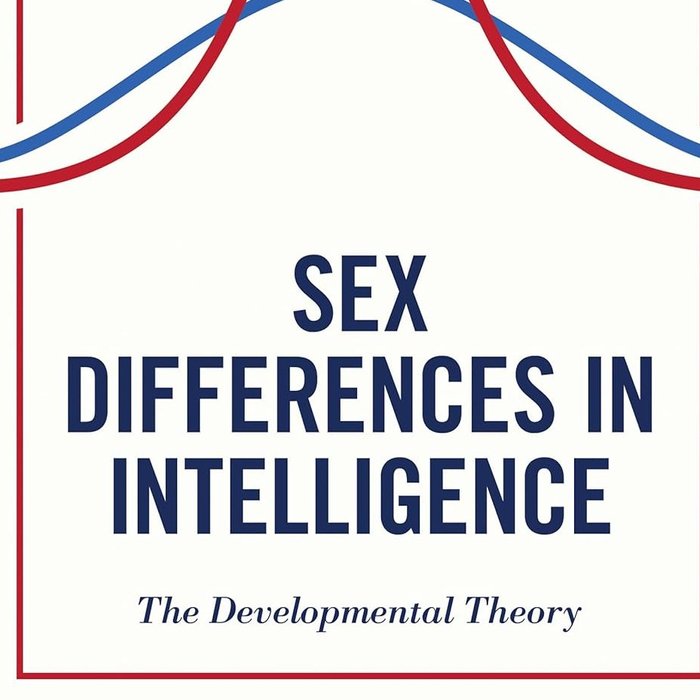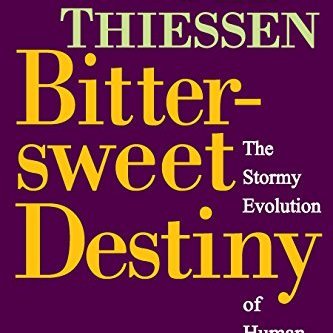Sublime
An inspiration engine for ideas
Promiscuity: members of both sexes have multiple partners (in humans this is sometimes called polyamory)
Heather Heying • A Hunter-Gatherer's Guide to the 21st Century: Evolution and the Challenges of Modern Life
Fisher argues that our ancient female ancestors benefited by getting another person to help feed them and their children. They traded sex for food, assistance, and protection. To gain the best and most protein for themselves and their children, women who could have the most sex survived and were the most fit to reproduce again. Their children also
... See moreSteve Bodansky • Extended Massive Orgasm, Updated and Illustrated: How you can give and receive intense sexual pleasure (Positively Sexual)
Polygamy: individuals of one sex have just one reproductive partner, but individuals of the other sex have multiple partners. Subtypes include: Polygyny: (poly—many, gyn—female): One male and multiple females Polyandry: (poly—many, andr—male): One female and multiple males.
Heather Heying • A Hunter-Gatherer's Guide to the 21st Century: Evolution and the Challenges of Modern Life




For instance, perhaps 10% of women (and 80% of men) have a more masculine sexual
David Deida • Finding God Through Sex: Awakening the One of Spirit Through the Two of Flesh
Faʻafafine - Wikipedia
david reich